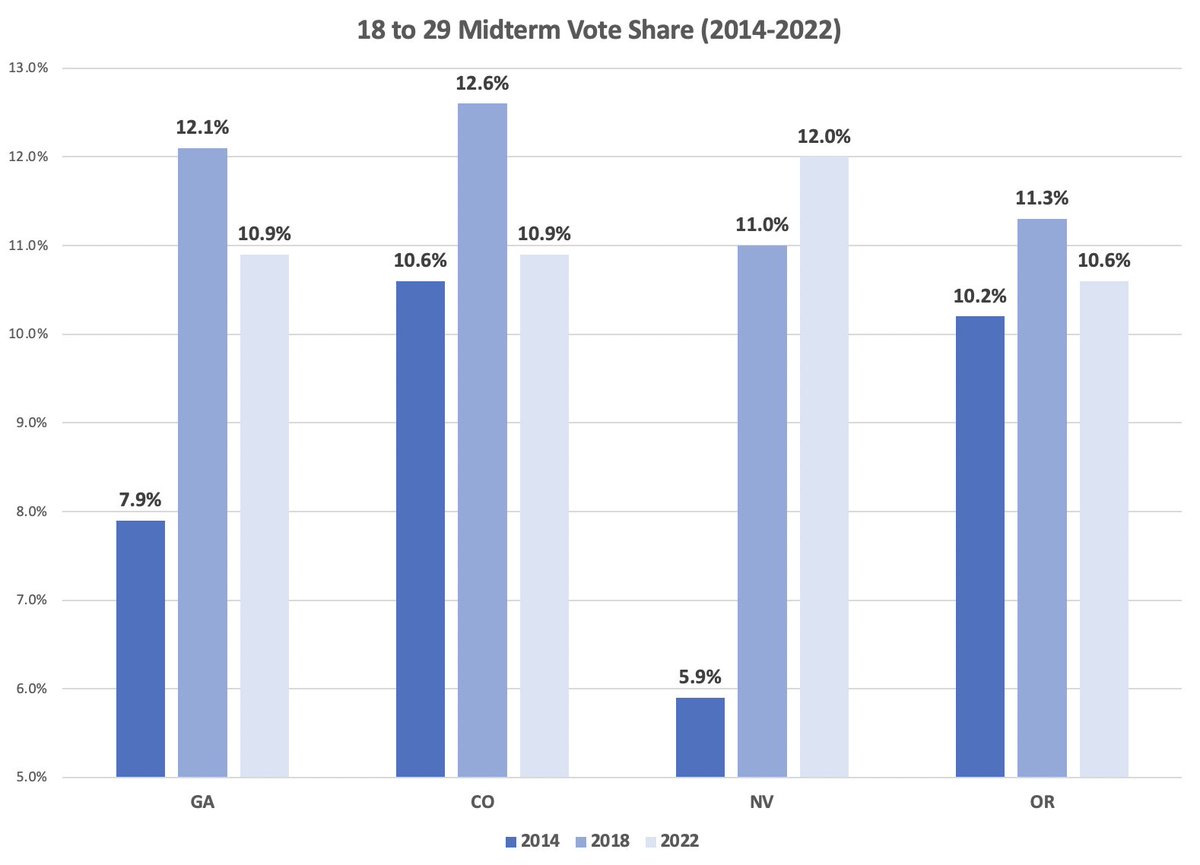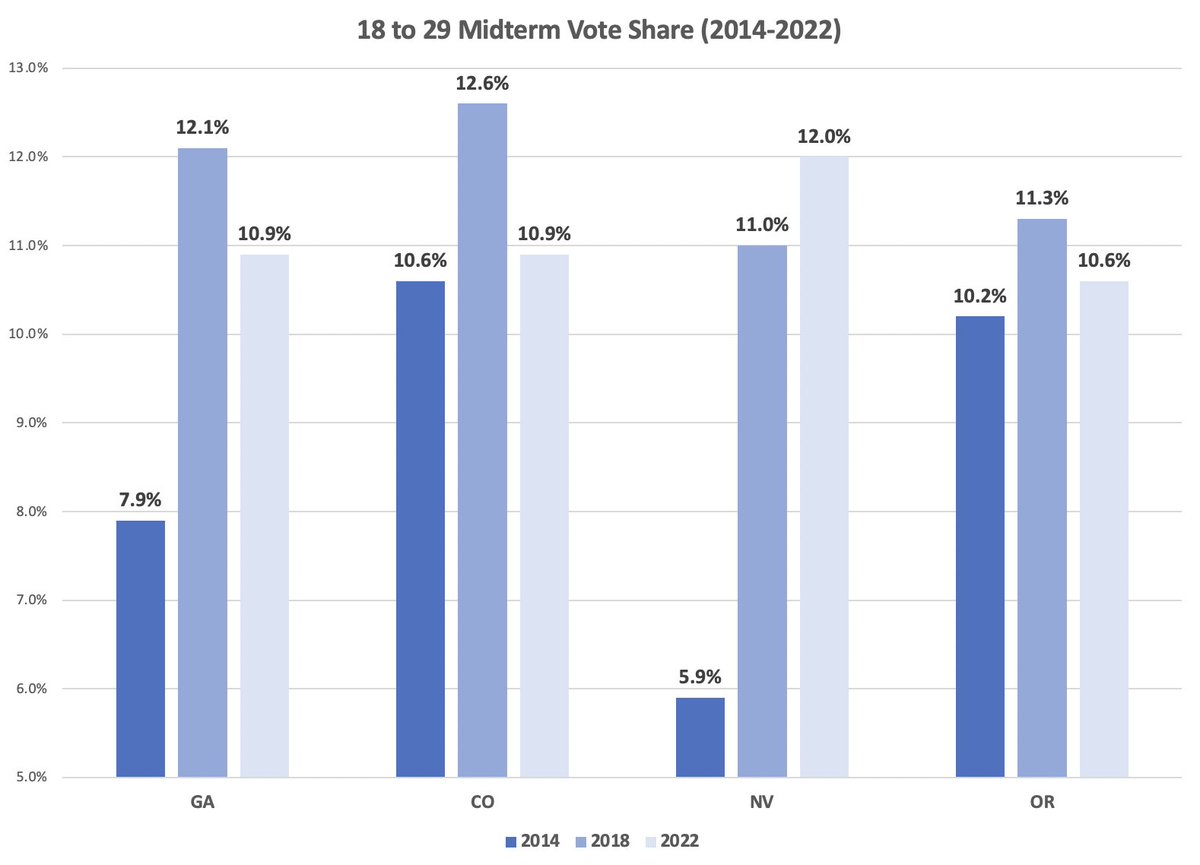
Here's a summary of the Taibbi thread for those who don't want to wade through it:
- Both Dems and GOPs asked twitter to delete certain tweets, and twitter sometimes obliged.
- Both Dems and GOPs asked twitter to delete certain tweets, and twitter sometimes obliged.
- Taibbi says that the deletions weren't balanced, but offers no evidence of that claim, he just points out that a lot of people who work at Twitter donate to Dems.
- Twitter was worried about being used to distribute hacked info without info on veracity or source, so they removed this content out of an abundance of caution. This made some people angry.
That's it so far, after something like 40 tweets.
That's it so far, after something like 40 tweets.
• • •
Missing some Tweet in this thread? You can try to
force a refresh








